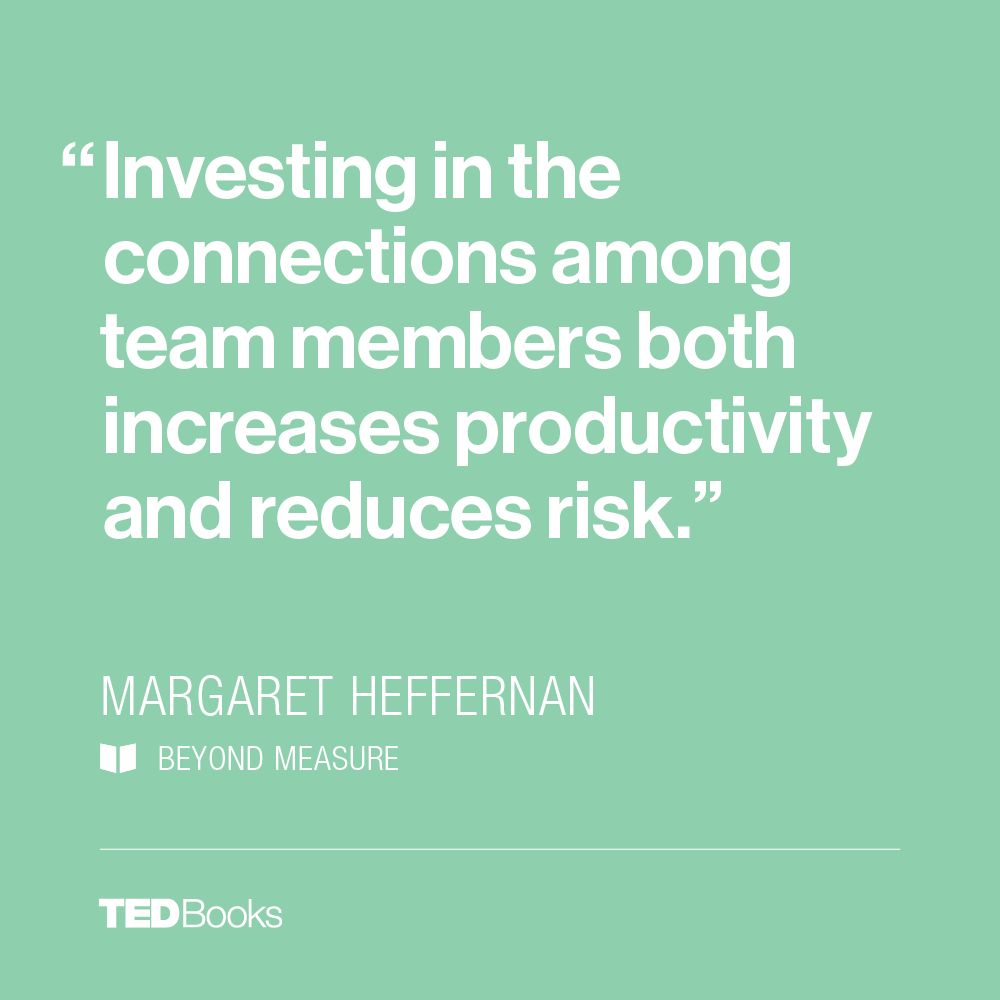Running a software company in Boston, I recognized — and my board told me — that we needed to reposition the business. Our product was too bland, too generic to stimulate excitement or loyalty. I needed a team to help me, and I ended up working through the problem with a motley crew: a young web developer, a seasoned and eccentric media executive, a visual artist, and me. We spent a week in the private room of a burger joint, exploring options, rejecting easy answers, pushing one another to find something none of us could see. Looking back, I recall that intense period as one of the most thought-provoking learning experiences I’ve ever had. The team was outstanding — and successful — but why? How did such an eclectic combination of people manage to work together so well? What made this experience of creative conflict so productive?
You could argue that we had a lot of brains in the room — and we did. But we also had something more important. We had #social capital: the trust, knowledge, reciprocity and shared norms that create quality of life and make a group resilient. In any company, you can have a brilliant bunch of individuals — but what prompts them to share ideas and concerns, contribute to one another’s thinking, and warn the group early about potential risks is their connection to one another. Social capital lies at the heart of just cultures: it is what they depend on — and it is what they generate.
, together with a team of MIT researchers, analyzed groups that proved exceptionally effective at creative problem solving. Their goal was to identify the salient features that made some teams much better than others. What they found was that individual intelligence (as measured by IQ) didn’t make the big difference. Having a high aggregate intelligence or just one or two superstars wasn’t critical. The groups that surfaced more and better solutions shared three key qualities. First, they gave one another roughly equal time to talk. This wasn’t monitored or regulated, but no one in these high-achieving groups dominated or was a passenger. Everyone contributed and nothing any one person said was wasted.
The second quality of the successful groups was social sensitivity: these individuals were more tuned in to one another, to subtle shifts in mood and demeanor. They scored more highly on a test called
Curated from ideas.ted.com
A look at the importance of social capital – the ‘mortar’ that binds us ‘bricks’.




